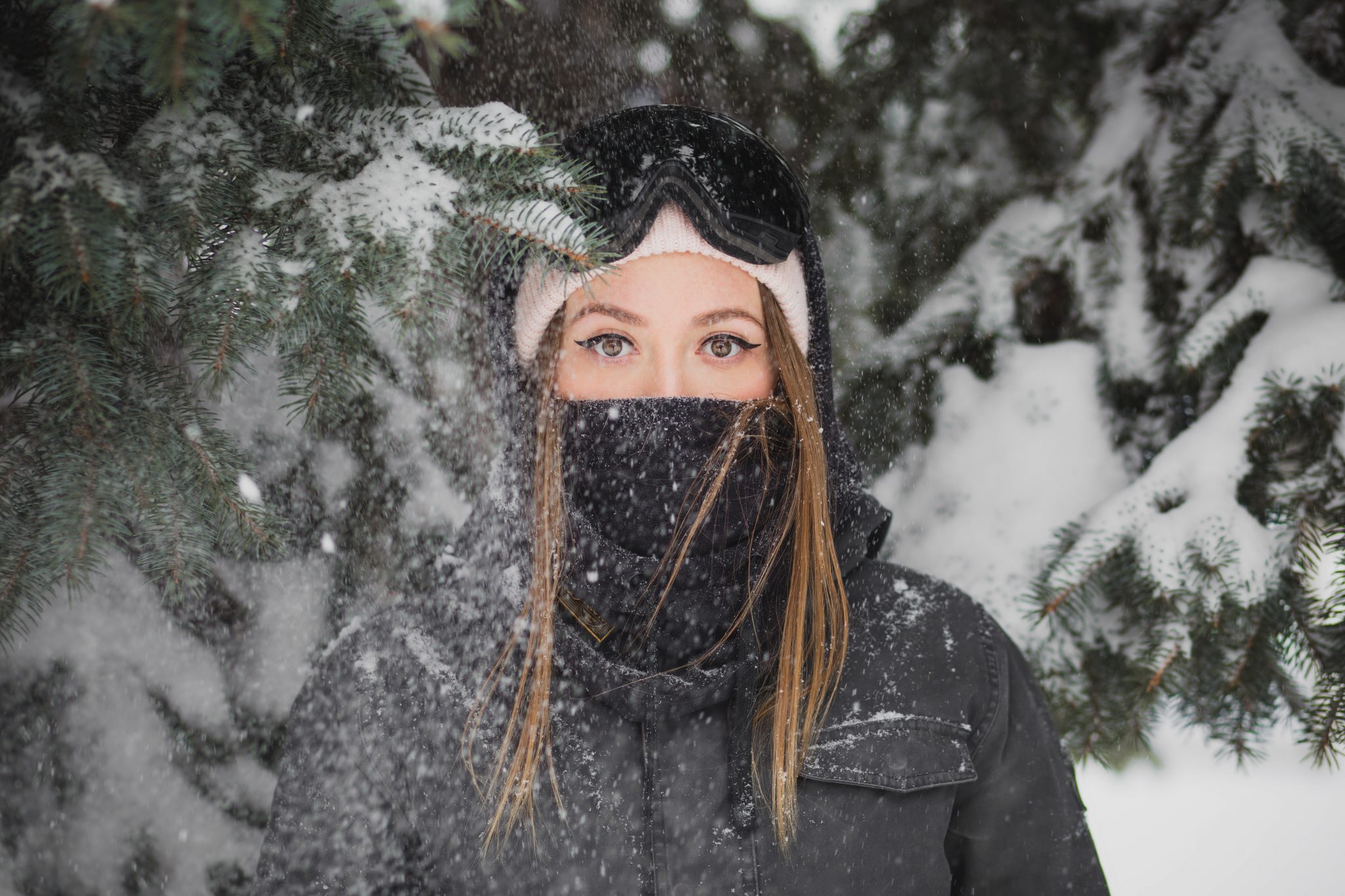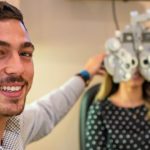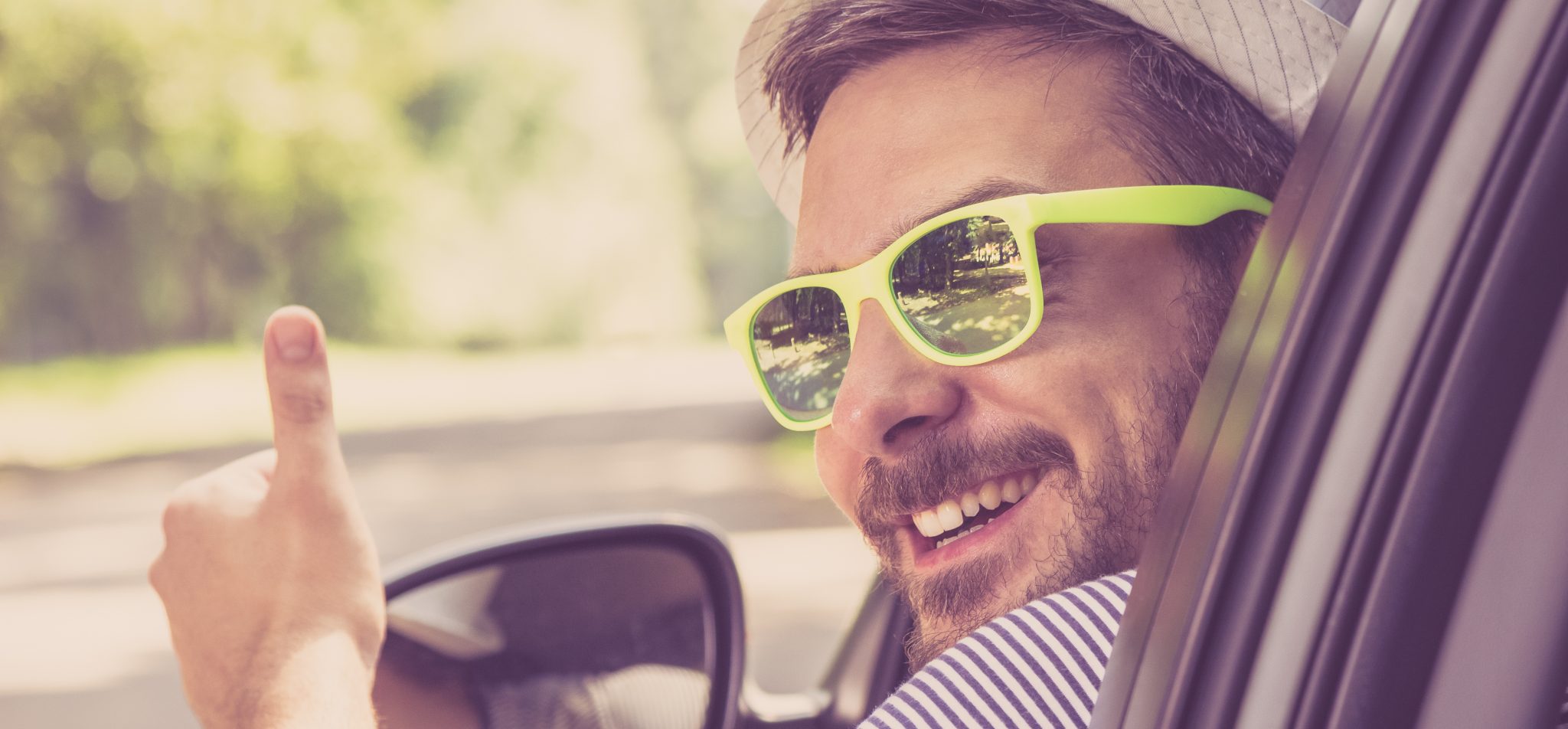Are you one of those people who can’t wait to hit the slopes as soon as winter starts? Well, it’s time to gather your snowboard and ski jacket. Best not forget your snow goggles too!
We often take steps in winter to protect ourselves from the cold like rugging up to stay warm and making sure we’re taking our daily vitamins to prevent getting a cold. But what about our eye health? It isn’t something we think the snowy season will have an impact on, right?
Why are UV rays a risk in the snow?
Winter activities such as snow skiing or snowboarding pose a high risk to our eye health. The cold weather and overcast skies can trick us into thinking that our eyes aren’t exposed to UV rays. However, snowy mountains have increased levels of UV radiation as the atmosphere is thinner at higher altitudes.
In addition to this, when fresh snow falls on a sunny day, it can reflect up to 90 per cent of UV radiation. This is a result of snow reflecting the sun’s rays, meaning that not only is the UV hitting your eyes from above, but it’s also bouncing off of the snow and into your eyes from other directions too.
In some cases, this can lead to photokeratitis, commonly known as snow blindness.
What is snow blindness?
Photokeratitis is a painful eye condition caused by overexposure to the sun’s UV rays and it can happen in only a matter of minutes. The condition results in a temporary loss of vision, which is caused when the UV levels damage the cornea of the eyeball.
What happens if you don’t protect yourself from snow blindness?
Snow blindness is a real risk when hitting the slopes and although the condition is usually temporary and may only last a few days, it can lead to chronic eye conditions in severe cases and be very painful. Common symptoms include a burning sensation in the eye, blurred vision, red and swollen eyelids, and headaches.
Reflective UV exposure may also contribute to skin cancer of the eye and other eye conditions including cataracts (clouding of the lens of the eye) and pterygium (a fleshy growth across the eye).
So how can you maintain healthy vision while at the snow?
While there are significant risks from reflective UV during snow season there are plenty of ways we can keep on top of it.
When you’re around snow, it’s important to follow these three steps to protect your eyes:
- Wear protective eyewear at all times when skiing, snowboarding, or out on the mountain during the day
- Wear wrap-around goggles that have a snug fit, so that UV rays can't get through the top or sides of your eyewear
- Choose eyewear that meets Australian standards. This means the lenses will block 95 per cent of UV radiation
Don’t put your eyes at risk
Next time you step out onto the mountains, remember, just because it is chilly and cloudy doesn’t mean UV radiation isn’t a risk.
If you are experiencing changes to your vision or are concerned about your eyesight, you can use our Find an Optometrist search tool to schedule an appointment today.





